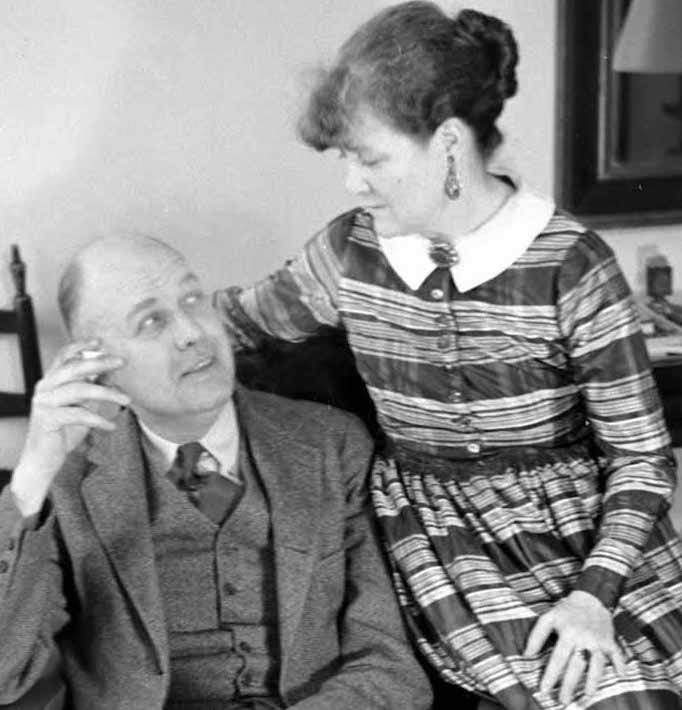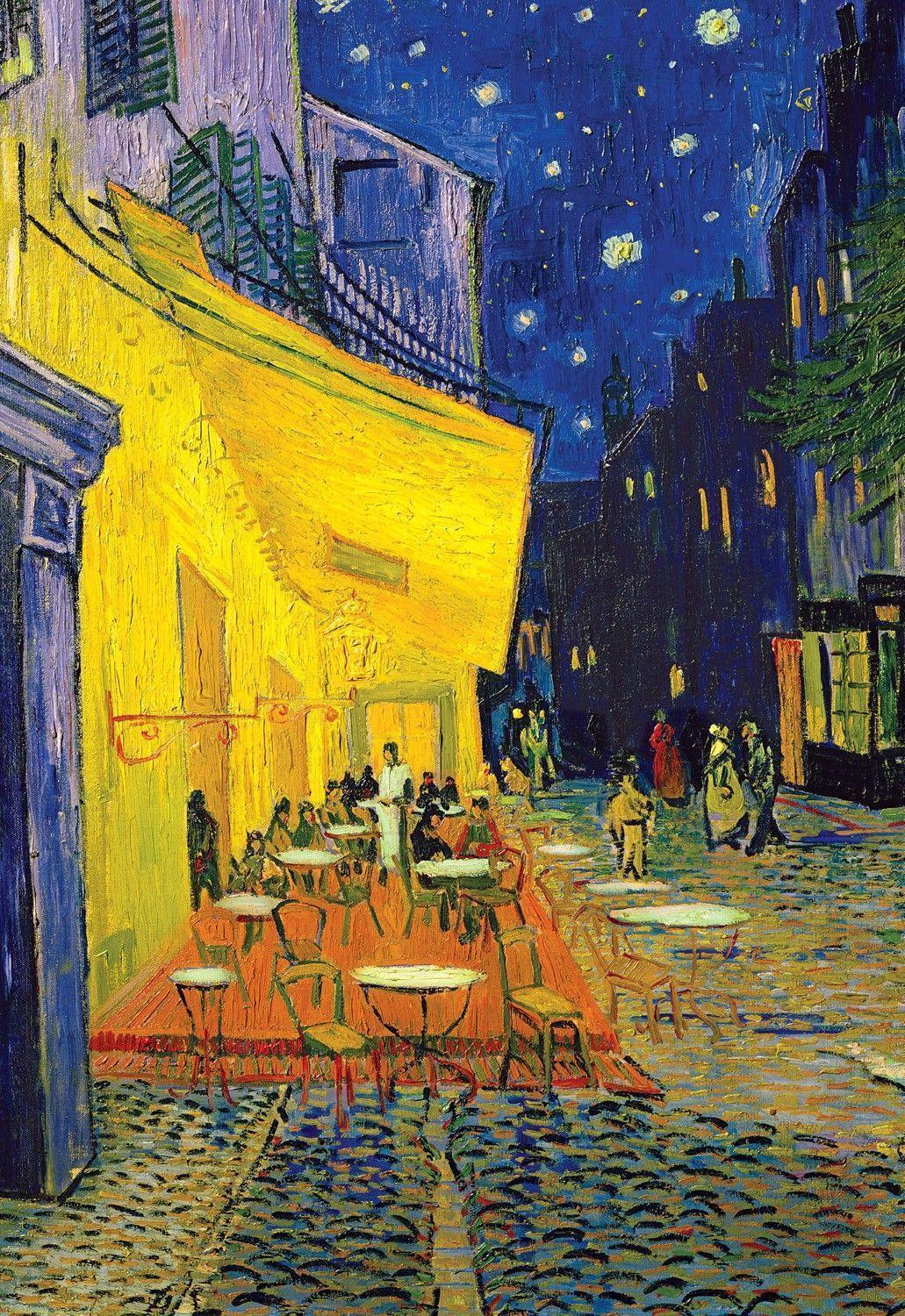Nighthawks, a painting made by the American painter
Edward Hopper, is one of the best known works made in the past century. Made in
1942, it is said to be Hopper's best known work. Though, fairly recent, at least in comparison to most well-known paintings,
'Nighthawks is one of the most recognisable painting in American art.
 |
| Nighthawks (original) |
Inspiration
There have been many guesses on what exactly prompted the author to make this painting. Though unlike many other, older paintings, many records about him and the painting are present, as far as few of his own comments about it and what place exactly is portrayed in it, none truly tell us about his true inspiration.
Hopper was known for being a public admire of Ernst Hemingway's work. It is believed it was one of his short stories that inspired this avant-garde work of art. 'The Killers', which Hopper greatly admired, or the more philosophical and esoteric 'The Clean, Well-Lighted Place'.
Interpretation and Features
- The diner in the painting is supposedly inspired by one in Greenwich Village, which was near the painter's residence in Manhattan. He said, "a restaurant on Greenwich Avenue where two streets meet". He also said he had not completely copied it the diner had been stirred clear of all its complexities as well spread bigger in size.
/greenwich-village-street-scene-537559314-5c2d29a3c9e77c0001709e1e.jpg) |
| Greenwich Avenue, Manhattan |
- The location of Hopper's picture perfect diner is still a matter of major debate, the diner itself is made with certain quirks to convey its true significance.
- The scene is of a dark and gloomy street, not a person roaming around, and the only source of light is the diner still open with a few of its last occupants.
- The diner has 4 people in it. An attendant, who can be seen behind the counter. The other three are customers, 2 at the counter facing us- the lady in red and the man with a crooked nose- while 1 is sitting with his back towards us.
 |
| people in the diner |
- These people are awake and away in the middle of the night when most are asleep. They are characterized as nighthawks, which literally means a person whose preference or custom is to remain awake and active during the night and the early morning hours.
- This painting is apt for all generations, present today, and the ones that are to come. The people in the diner, though sitting near each other, show no sign of conversation. Though near they are still far from each other. It is a typical conveyance of feeling alone in a crowded city, a feeling most of today's generation is familiar with. Loneliness is a feeling we all resonate with at some point in life.
 |
| A Lonely Crowd in today's world |
- The diner has no visible exit whatsoever. This causes the viewer's mind to find no exit, prompting a representation of being cut off from the rest of the world, as aloof and isolated feeling. Another manner in which some perceive it is being trapped inside ones own head, how loneliness starts eating someone inside out. This is also seen as what is called 'wartime isolation'.
- The diner is lit up with fluorescents, which made Hopper's job to paint this oil on canvas painting even more difficult. Instead of using lead white paint, the painter used zinc white paint, which started cracking and then eventually needed to be coated with lead paint itself.
Interesting Facts
- The painting was an instant classic. It was called 'as good as a Homer'. Soon after it was completed, it was bought The Art Institute of Chicago, on 13th May, 1942. for $3000.
 |
| Art institution Of Chicago, Chicago, U.S.A. |
- Edward Hopper and his wife Josephine Hopper, both modelled for this painting. Jo, for the woman and Edward for 2 of the men.
 |
| Edward and Josephine Hopper |
- Josephine Hopper was the first historian to study the Nighthawk.
- the crooked nose of the man at the counter is also a direct tribute to its title, as the bird nighthawk has a similar nose. In Josephine's notes, she wrote a description of one of the customers: "Man night hawk (beak) in dark suit, steel grey hat, black band, blue shirt (clean) holding cigarette."
 |
| the man with a crooked nose |
- It was also influenced by Van Gogh's 'Café Terrace At Night'.
 |
| Van Gogh's Café Terrace At Night |
- While sketches are often the first step for a painting's creation, Hopper took it a step further by sketching storyboards to pick the precise moments he wanted to immortalize in the final painting. A 2013 exhibition at New York's Whitney Museum of American Art displayed 200 Hopper sketches, including 19 that led to Nighthawks, clearly laying out the work's evolution.
 |
| sketches that led to Nighthawks |
- It is not a small painting like the Mona Lisa. It's bigger than most of us think it is. About 2.75 feet by 5 feet.
Hope you found the information and interesting. Please leave a comment, your feedback is very appreciated. Everyone is also welcome to leave requests. Please subscribe for newsletter (option on the top) also follow me on Instagram @detail_artwith_a12 for instant updates.

/greenwich-village-street-scene-537559314-5c2d29a3c9e77c0001709e1e.jpg)















Comments